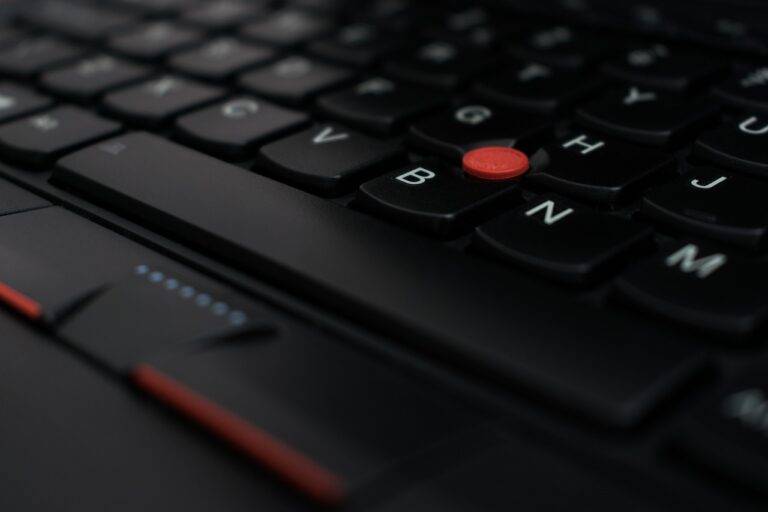How Tech Is Changing the Way We Manage Health and Wellness
Wearable devices have revolutionized the way individuals monitor their health on a daily basis. From tracking steps and calories burned to monitoring heart rate and sleep patterns, these devices provide valuable insights into one’s overall well-being. Users can easily access real-time data, empowering them to make informed decisions about their lifestyle and health habits.
Moreover, the increasing popularity of wearable devices has paved the way for more personalized healthcare. Healthcare providers now have access to a wealth of patient-generated data, allowing for better understanding of individual health patterns and trends. This data can be utilized to tailor treatment plans, offer targeted interventions, and improve patient outcomes in a more efficient and effective manner.
Virtual Health Consultations
In the realm of healthcare services, virtual health consultations have revolutionized the way patients interact with healthcare providers. Through the power of digital technology, individuals can now seek medical advice and treatment remotely, without the need for physical appointments. This transformation has not only enhanced access to healthcare for many individuals, especially those in remote areas, but also increased convenience and efficiency in healthcare delivery.
Virtual health consultations offer a wide range of benefits, such as increased accessibility for individuals with mobility restrictions, reduced waiting times, and minimized exposure to infectious diseases. Patients can now receive timely medical advice, prescriptions, and follow-up care from the comfort of their homes, leading to improved patient outcomes and satisfaction. Additionally, virtual consultations have proven to be a cost-effective and time-saving alternative to traditional in-person visits, making healthcare more convenient and accessible for a larger population.
Telemedicine and Remote Monitoring
Telemedicine has revolutionized the way healthcare is delivered, allowing patients to connect with healthcare professionals remotely. Through video calls, phone consultations, and secure messaging platforms, individuals can receive medical advice and treatment without having to visit a physical clinic. This has proven especially beneficial for those with mobility limitations, individuals in remote locations, and during times when in-person visits may be challenging.
Remote monitoring technologies have also played a crucial role in enhancing patient care. Devices such as wearable fitness trackers, smartwatches, and other health monitoring tools allow healthcare providers to remotely monitor patients’ vital signs, track chronic conditions, and ensure continuous health monitoring. This real-time data not only enables early detection of potential health issues but also promotes proactive and personalized interventions to improve overall health outcomes.
What are wearable devices and how do they impact telemedicine and remote monitoring?
Wearable devices are devices that can be worn on the body to track various health metrics such as heart rate, activity levels, and sleep patterns. These devices can provide real-time data to healthcare providers, allowing for better remote monitoring of patients.
How do virtual health consultations work in the context of telemedicine?
Virtual health consultations involve patients meeting with healthcare providers remotely, via video calls or phone calls. This allows for patients to receive medical advice and treatment without having to physically visit a healthcare facility.
What are the benefits of telemedicine and remote monitoring?
Some benefits of telemedicine and remote monitoring include increased access to healthcare for those in remote areas, reduced healthcare costs, and the ability to track and monitor patients’ health in real-time.
How secure is telemedicine and remote monitoring in terms of protecting patient data?
Telemedicine and remote monitoring platforms are required to comply with strict privacy and security regulations to protect patient data. Providers use encrypted communication channels and secure servers to ensure the confidentiality of patient information.
Are there any limitations to telemedicine and remote monitoring?
Some limitations of telemedicine and remote monitoring include the inability to perform physical examinations or diagnostic tests remotely, as well as potential issues with internet connectivity that could disrupt virtual consultations.





